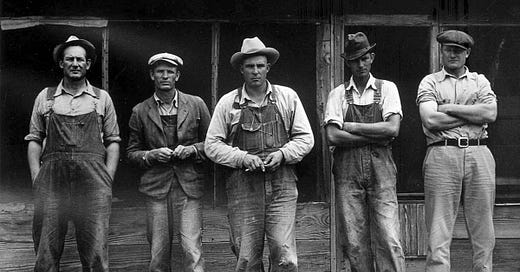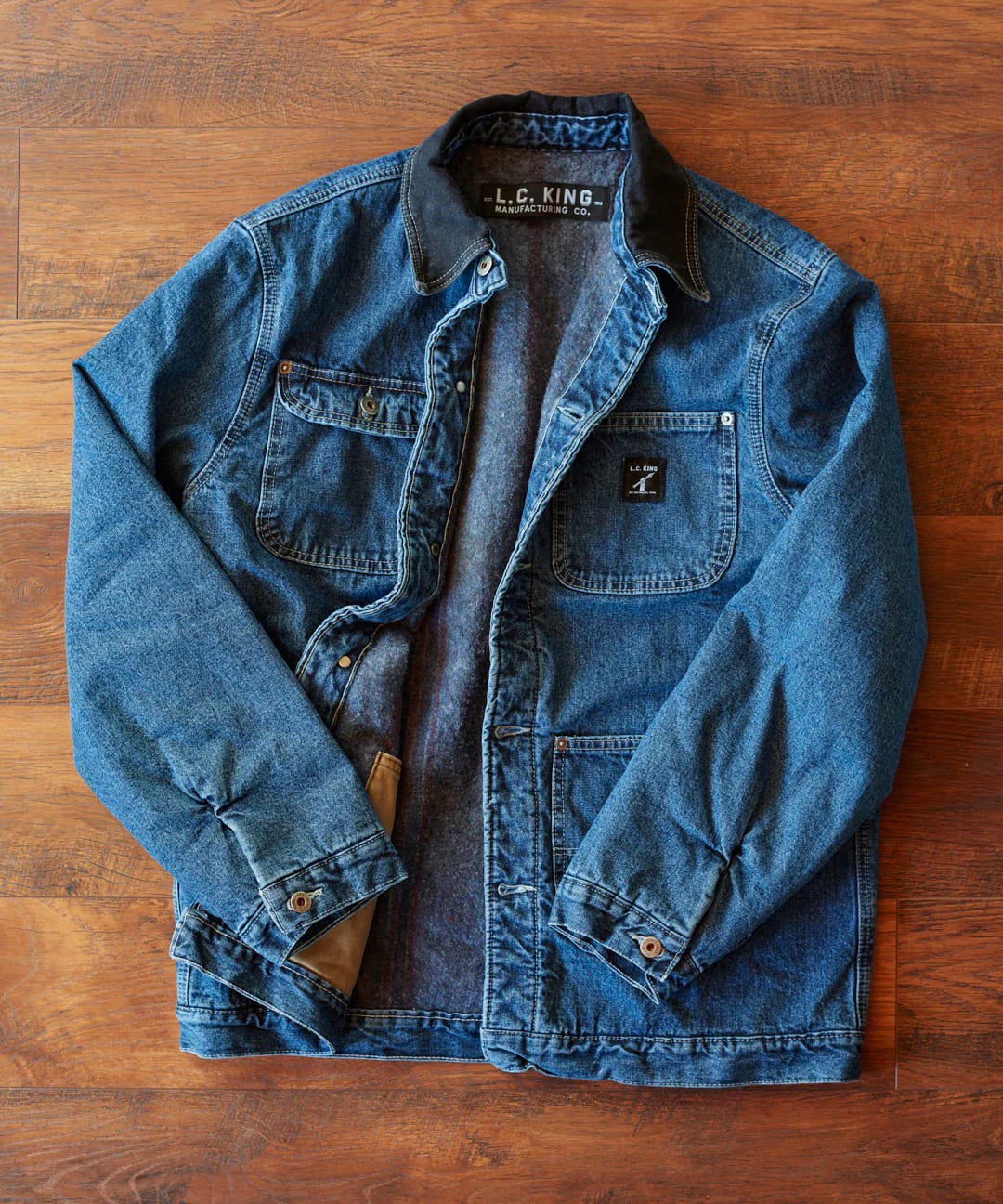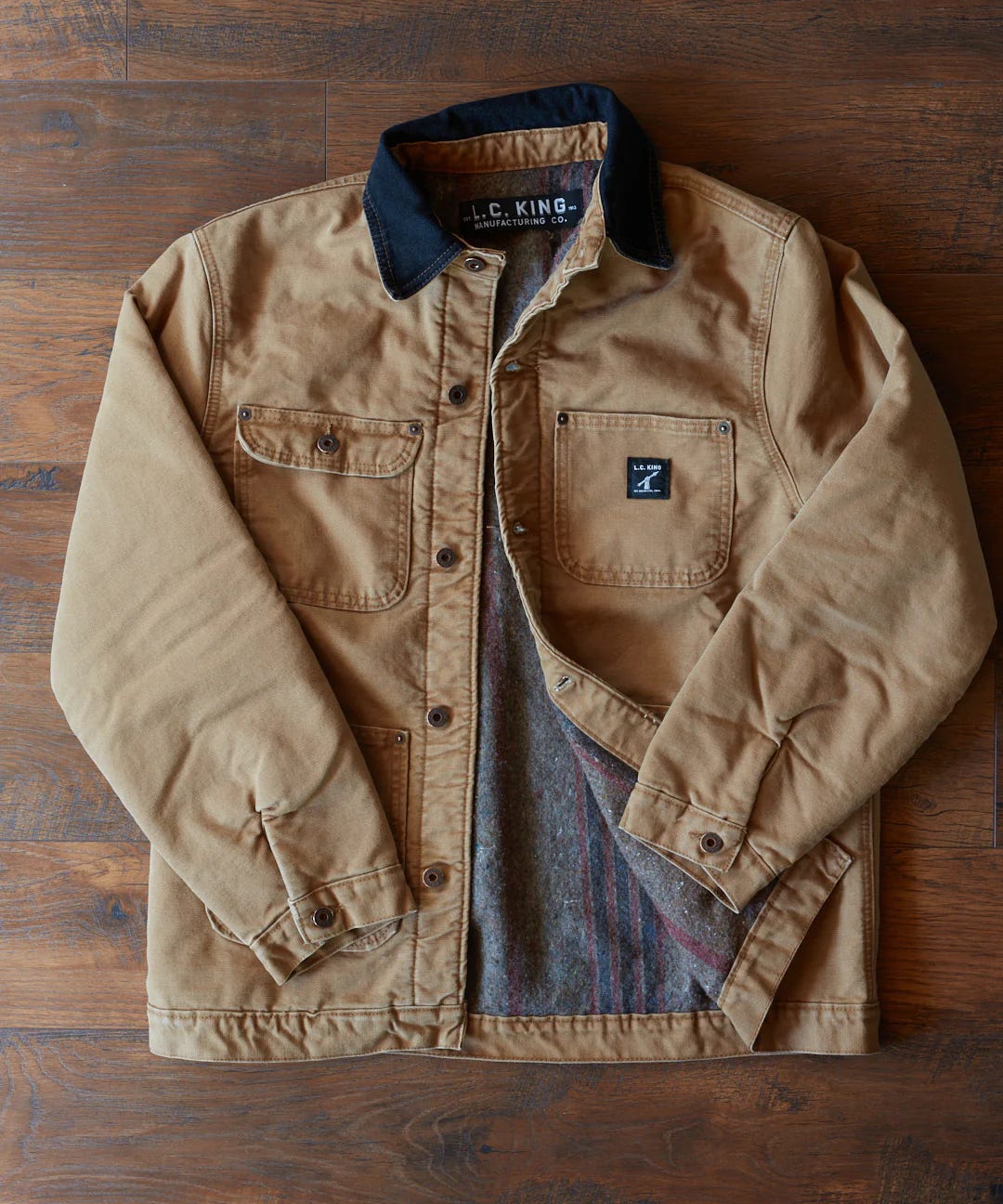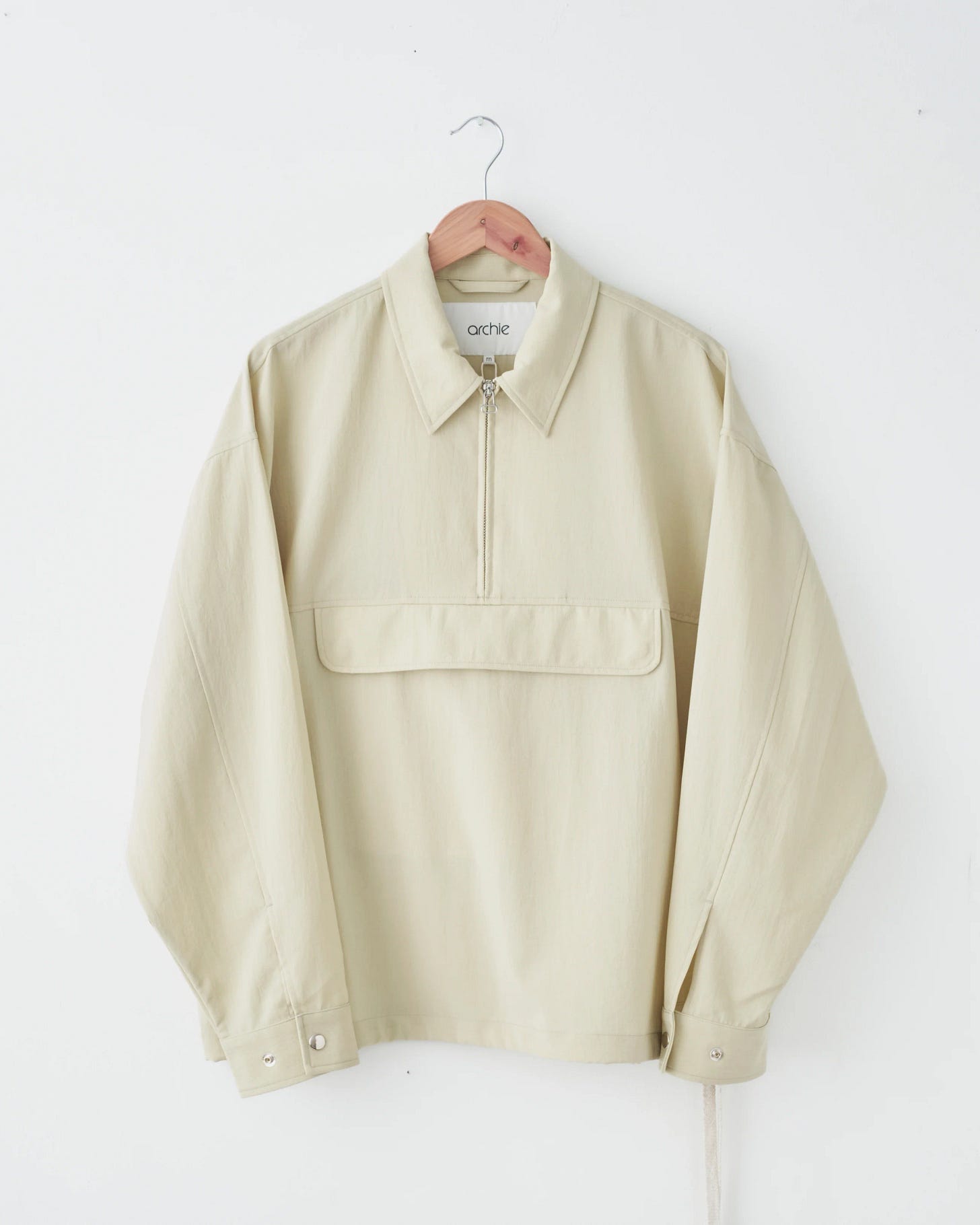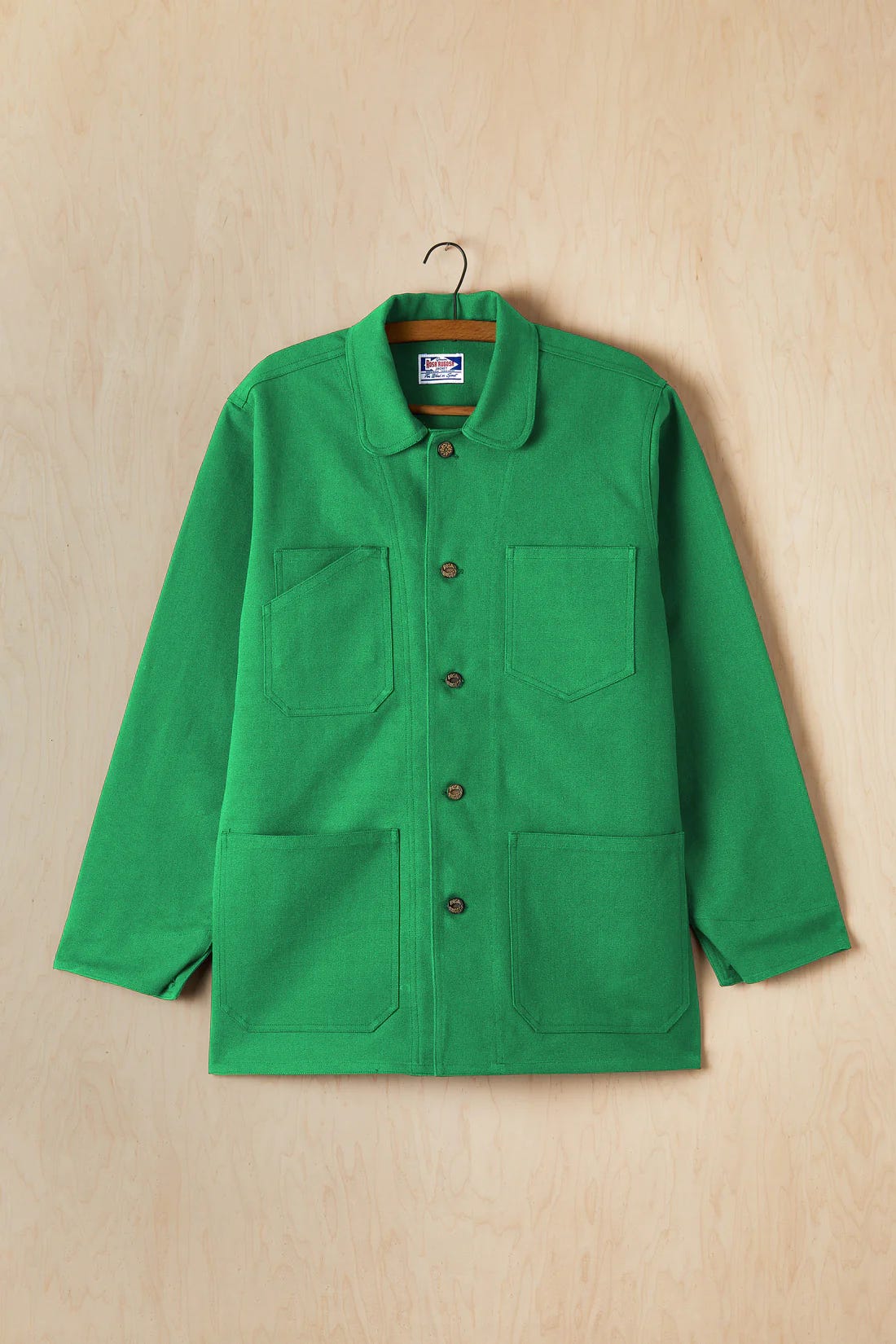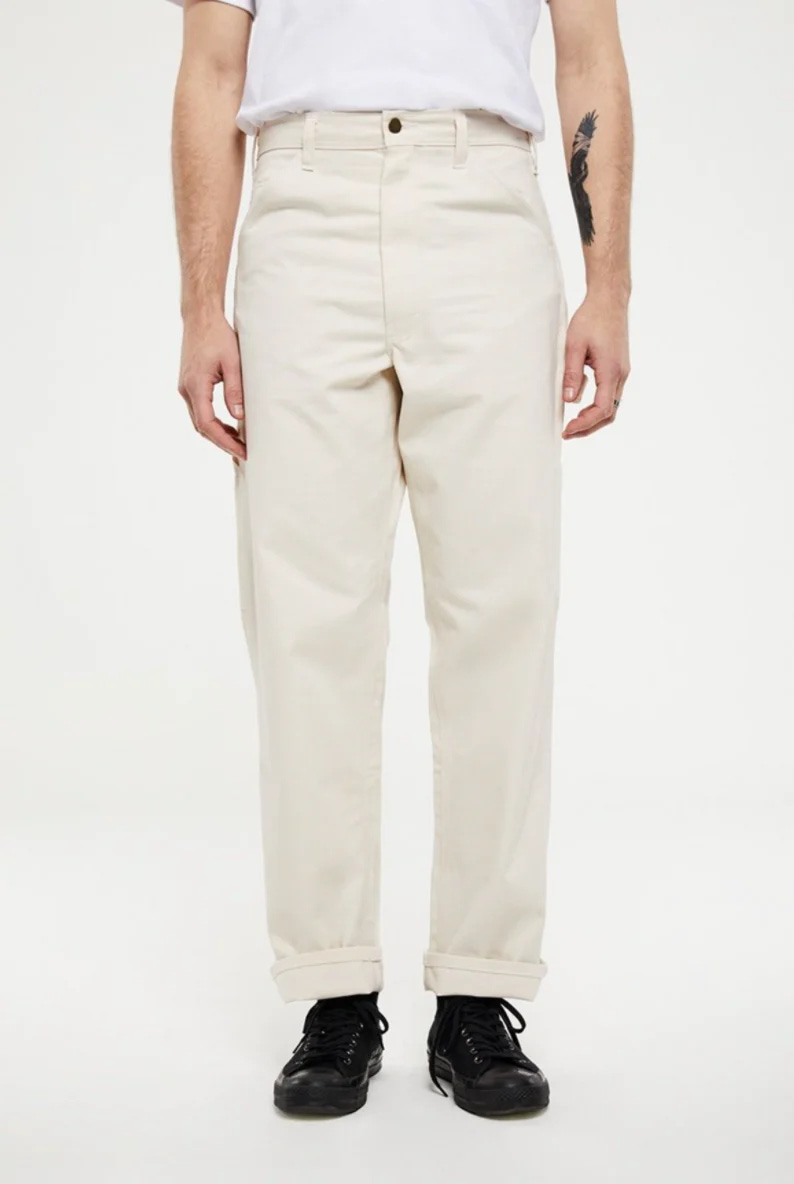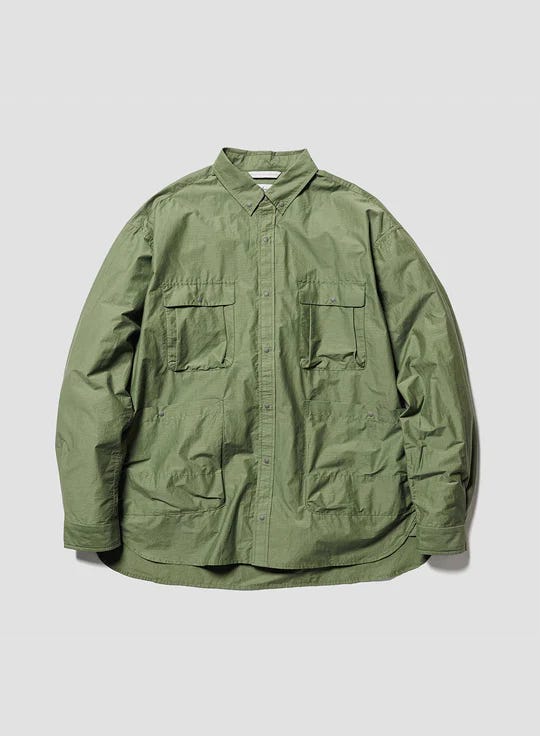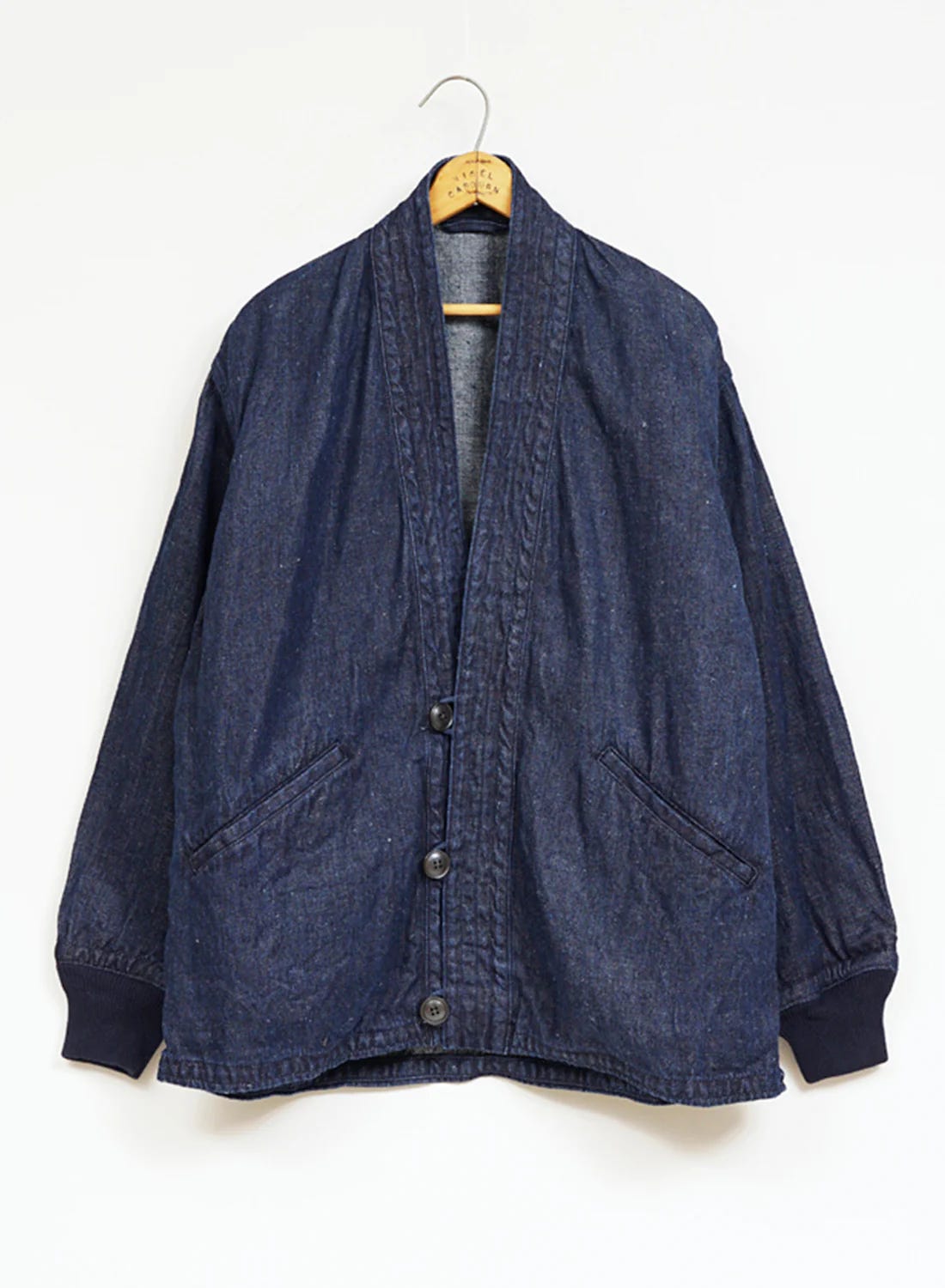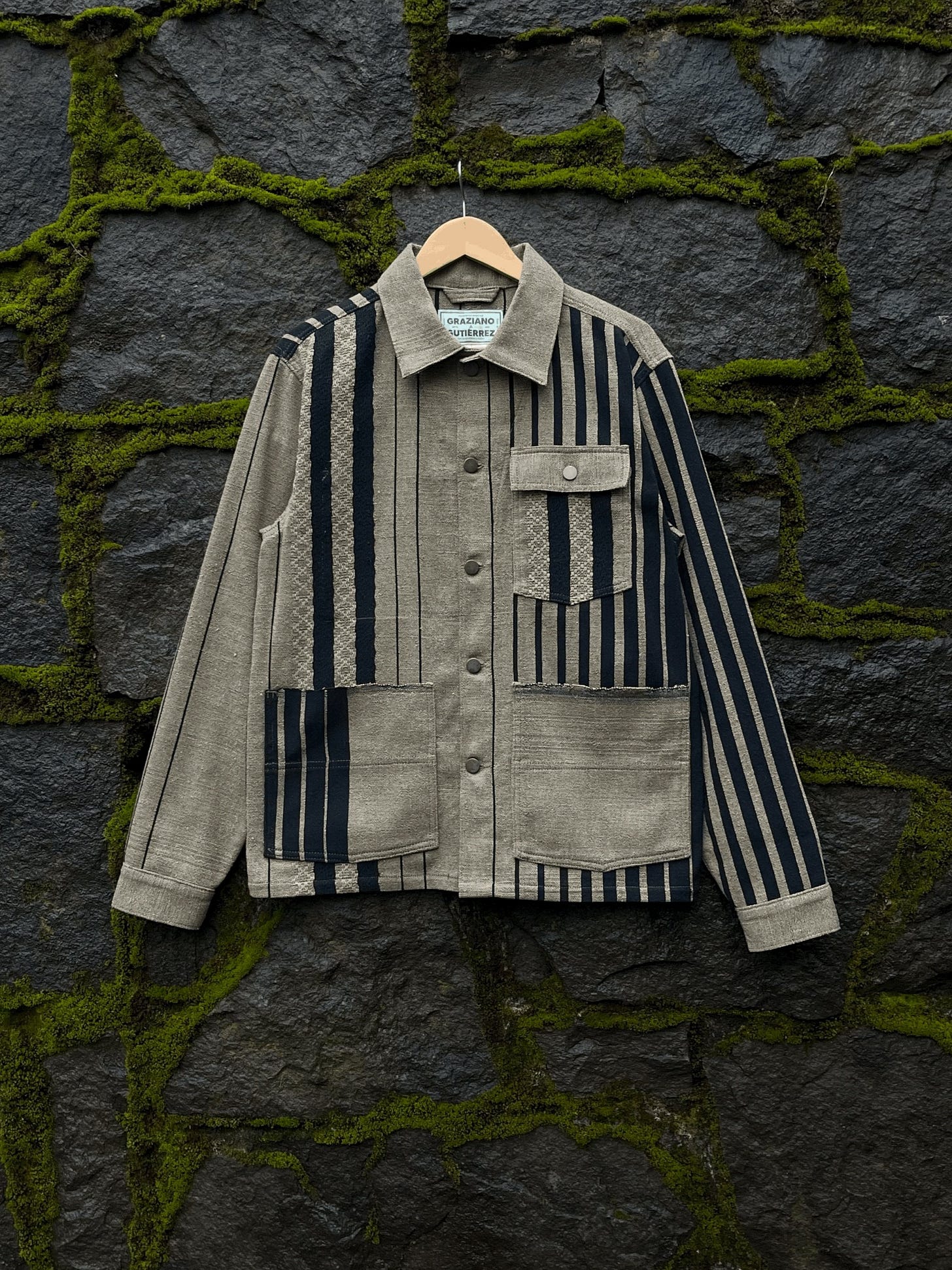For a few summers back in university, when I was around 19 or 20 years old, I worked for a government-run outfit in my hometown called Regina Housing Authority. RHA provided affordable housing around the city and I was part of the crew that took care of the properties’ grounds.
The first summer, I worked on the lawn crew. I arrived at whichever housing complex I’d been assigned and mowed lawns, trimmed hedges, used a “whipper snipper” (a.k.a. weed whacker) on the hard-to-reach areas. It was tough work. From 8 a.m. to 5 p.m., minus an hour for lunch, I was out in the sun working on the grounds and my tan. My supervisor, a man named Cliff, around 50 with a terrible stutter, described me to the big boss, Rob, as a “good worker.” Not many more times in my working life would I be described by an employer in such a way.
The next year, I was assigned to the fence crew. This was a prize gig. The crew was just myself and a film student from the University of Alberta a few years older than me. We had no supervision. Our job was to tear down rotting fence and then rebuild what we could with any boards that weren’t yet rotted out. We saw this task as utterly moronic and treated it as such. After arriving at work, we’d often drive first thing to get breakfast. We’d take mid-morning naps in empty units. We enjoyed regular cigarette breaks. And we always took obscenely long lunches.
Eventually Rob at HQ clued in that we were moving suspiciously slow. One day, my crew mate and I returned from an extra long lunch break and heard the screech of tires as a truck accelerated and pulled up next to us. Rob climbed out. He’d been staking us out. “You’re busted,” he said.
Our crew was promptly disbanded and I was demoted back to the lawn crew, this time working out of the main shed so the supervisors could keep an eye on me. During a private meeting with Rob I asked how we’d been expected to rebuild a fence with rotting wood, and he said my demotion had nothing to do with that. I accused him of “having it out for me,” and he replied sharply, “Not having it out. Not having it out.” I quit the next day before he could fire me. This experience was pretty much the extent of my experience as a laborer.
Hey Mitch, I hear you asking, why are you telling us this? What the hell does it have to do with menswear and style? Well, I’m getting to that.
My time at RHA came to mind yesterday for the first time in years because I’d just finished writing a forthcoming story for GQ about workwear brands. I was thinking about how I’ve come to romanticize jobs that require physical labor—blood, sweat, and callouses. I suspect many of us have worked in enough bullshit jobs—jobs so devoid of meaning and purpose as to crush one’s spirit—that we wonder if maybe another path would have been more rewarding, spiritually.
Carpenters, plumbers, electricians, sanitation workers, and other tradespeople do things that actually make society work, that actually benefit peoples’ lives. There must be some kind of reward in that that those of us who show up at an office—who experience chronic neck pain from sitting all day staring at a screen, who endure the crushing indignity of attending endless Zoom meetings to discuss nothing of any consequence—rarely experience.
So, right, yes, the newsletter. As I researched workwear brands—stalwarts like Carhartt and Dickie’s, upstarts like Henry’s and MAN-TLE, defunct legends like Big Mac—I wondered why it is that I’ve never really been into workwear or even given it much thought. I’ve admired Carhartt jackets from afar, sure, but I’ve never even thought of buying one. And I think it’s because sometimes when I see someone wearing a lot of workwear items, I can’t help but think they’re cosplaying. They’re not actual blue collar workers; they’re playing dress up. Maybe that’s harsh, but I guess it seems like you have to earn wearing some of these clothes. You should have a reason to wear it. You know, like actual work.
All that being said, there are some great brands out there doing quality stuff. And I’m not a workwear hater like the menswear writer Derek Guy, whose X handle, podcast, and blog are called Die, Workwear! During my research for the story I found some items that look great and are highly practical. These are super well made, designed to last, and can be added to most guys’ wardrobes without looking like a costume. (Hint: It’s mostly jackets and coats.)
So I decided to highlight a few pieces and brands I found during my research that I liked and would wear myself. As always, feel free to reach out with any recommendations of your own.
L.C. King Barn Coat
The L.C. King barn coat was my favorite item I found during my research. I’d never heard of the Bristol, Tennessee, brand, but they’ve been making a version of this coat since 1913. Although I haven’t tried one on, it looks like one of those pieces that’s going to fit perfectly right out of the box and then over the years become an item that molds around your body to the point that becomes a part of you. If Ryan Gosling was photographed wearing one of these with the collar popped, a white T, and vintage Levi’s, the next day there would be a story about it with a headline something like “Ryan Gosling’s Latest Coat Is His Biggest Banger Since the Drive Scorpion Jacket.” I want one of these.
Carhartt Hats & Beanies
Look, I’m never going to love Carhartt. There’s nothing wrong with it, it’s just too ubiquitous, too… obviously workwear. I get it—what’s the difference between a Carhartt jacket and the one I just mentioned? With the one above, you’ll be the only one with it. With Carhartt, you’ll be one of countless.
But I suppose a little Carhartt won’t kill you, and I have to admit I like the beanies and five panel hats. They’re inexpensive, simple, subtle. Wear the hat just like this:
Archie’s Anorack
O.K., maybe this is cheating. This green tea anorak from the New York City brand Archie is hardly workwear. But Archie, whose line is made entirely in the city using Japanese fabrics, is a workwear-influenced brand, so I decided to include it anyway. I love the simplicity of this polyester pullover, a perfect light layer for a drizzling day.
Rosa Rugosa Chore Coats
Chef Matty Matheson of The Bear fame co-founded the Toronto brand Ruby Rugosa to make high-quality, durable garments like the kind he needs working long hours in the kitchen. I really love the Dufferin Chore Jacket, made of 15 oz. duck canvas so strong that it’ll probably outlive you. Chore coats are a wardrobe staple, even if you aren’t sweating over a range like Matty.
Stan Ray Painter Pants
Stan Ray is another longstanding American workwear brand, and these are its original painter pants it started making in 1972. These are a great example of classic workwear item that doesn’t scream workwear. Great fit, sturdy, versatile—and just $85.
Lots of Stuff from Nigel Cabourn
Brit Nigel Cabourn has developed a cult following over four decades in the business for his vintage and outerwear inspired designs, and of all the brands I looked at his had the most versatile range of garments that would work for a bunch of different wardrobes. It’s partly because so much of it is military-inspired, and military gear is so versatile, but also because he has a lot of fun with his designs, like the kimono style work coat below. There’s some cool stuff available for 40% off right now as well.
Funky Vests From Post O’Alls
It’s no surprise that Japanese designers are mastering classic American workwear. One of them is Post O’Alls’ Takeshi Ohfuchi, who turned his passion for American vintage into a workwear brand. The Royal Travel Vests are inspired by early 20th-century hunting vests but with a modern twist. I like the indigo dipped cotton-linen version. If you’re a vest guy, these are worth a look.
Graziano & Gutierrez Textile Jackets
Graziano & Gutierrez makes all of its product by hand in Portland, Oregon, using fabrics made for upholstery and table clothes sourced from artisans in Mexico. The result is workwear inspired gems with unique patterns and textures, like the Pedal-Loom Woven Moss Striped Chore Jacket (sold out, sadly). The work shirts and graphic Ts are nice as well.
***
O.K., now for my take on last night’s debate. Kidding. We’re fucked. But it’s alright, let’s take a deep breath and rest easy. We’ll still need clothes for the apocalypse.
Have a relaxing weekend.
Question? Comment? Suggestion? Caught a typo? Email me at mitch.moxley@gmail.com


